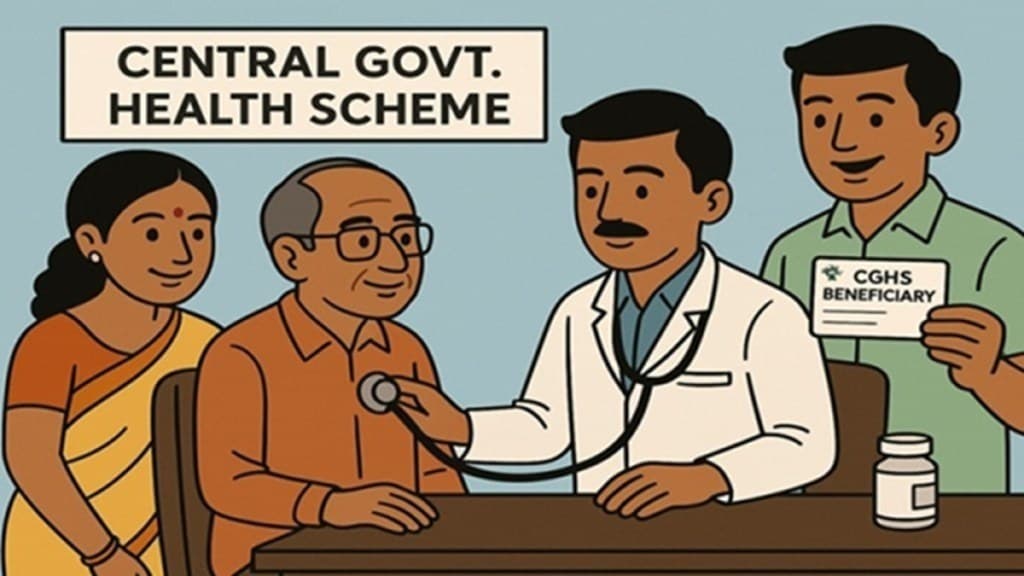Good news for millions of central government employees and pensioners. Following the increase in dearness allowance (DA), the government has now made major reforms under the Central Government Health Scheme (CGHS).
On October 3, the government announced revised package rates for nearly 2,000 medical procedures. These changes will come into effect on October 13, 2025.
This revision is the largest in the last 15 years. Until now, the old rates had caused difficulties not only for employees but also for hospitals.
Why was the change necessary?
A major complaint from central government employees and pensioners was that CGHS-empanelled hospitals often refused to provide cashless treatment. Patients were forced to pay large sums out of pocket for treatment and then had to wait for months for reimbursement.
Hospitals argued that the government-set package rates were outdated and low. Furthermore, they didn’t receive timely payments. Because of this, hospitals often avoided offering cashless services to beneficiaries.
In August 2025, the GENC (National Federation of Central Government Employees Unions) submitted a memorandum to the government raising this issue. It stated that the lack of cashless services resulted in financial hardship for both employees and pensioners. They were often denied treatment even in emergencies.
What does the new reform entail?
The government has now set new rates for approximately 2,000 medical procedures. These rates are based on the city’s category (Tier-I, Tier-II, Tier-III) and the hospital’s quality (such as NABH accreditation).
Package rates in Tier-II cities will be 19% lower than the base rate.
Package rates in Tier-III cities will be 20% lower than the base rate.
NABH-accredited hospitals will provide services at the base rate.
Non-NABH hospitals will receive 15% lower rates.
Super-specialty hospitals with more than 200 beds will receive 15% higher rates.
How will employees benefit?
Cashless treatment will become easier – Hospitals will now find package rates realistic, allowing them to offer cashless services to CGHS cardholders without hesitation.
The compulsion to pay out-of-pocket expenses will be reduced – Employees and pensioners will be less likely to have to pay large amounts upfront.
Reimbursement hassles will be reduced – The problem of money being held up for months will be reduced.
Access to better healthcare – Cardholders will now be able to seek treatment at empanelled hospitals with confidence.
Industry reaction
The healthcare industry has welcomed this move. Amira Shah, President of NATHEALTH, said, “This reform demonstrates the government’s commitment to strengthening healthcare services. It will address long-standing issues.”
The Association of Healthcare Providers of India (AHPI) called it a “long-awaited step.” They believe this will improve the financial health of hospitals and ensure timely treatment for beneficiaries.
Small reforms have occurred before.
In April 2023, ICU, room rent, and consultation fee rates were partially revised.
Rates for neuro-implants and some surgical procedures were revised in 2024.
However, this is the first time such a comprehensive reform has been implemented.
The big picture
CGHS is not just a treatment program, but a safety net for millions of government employees and their families. For a long time, this scheme has been plagued by complaints and challenges. With the implementation of the new rates, it is hoped that hospitals will receive timely payments and reasonable package rates, and employees will receive cashless and reliable healthcare.


